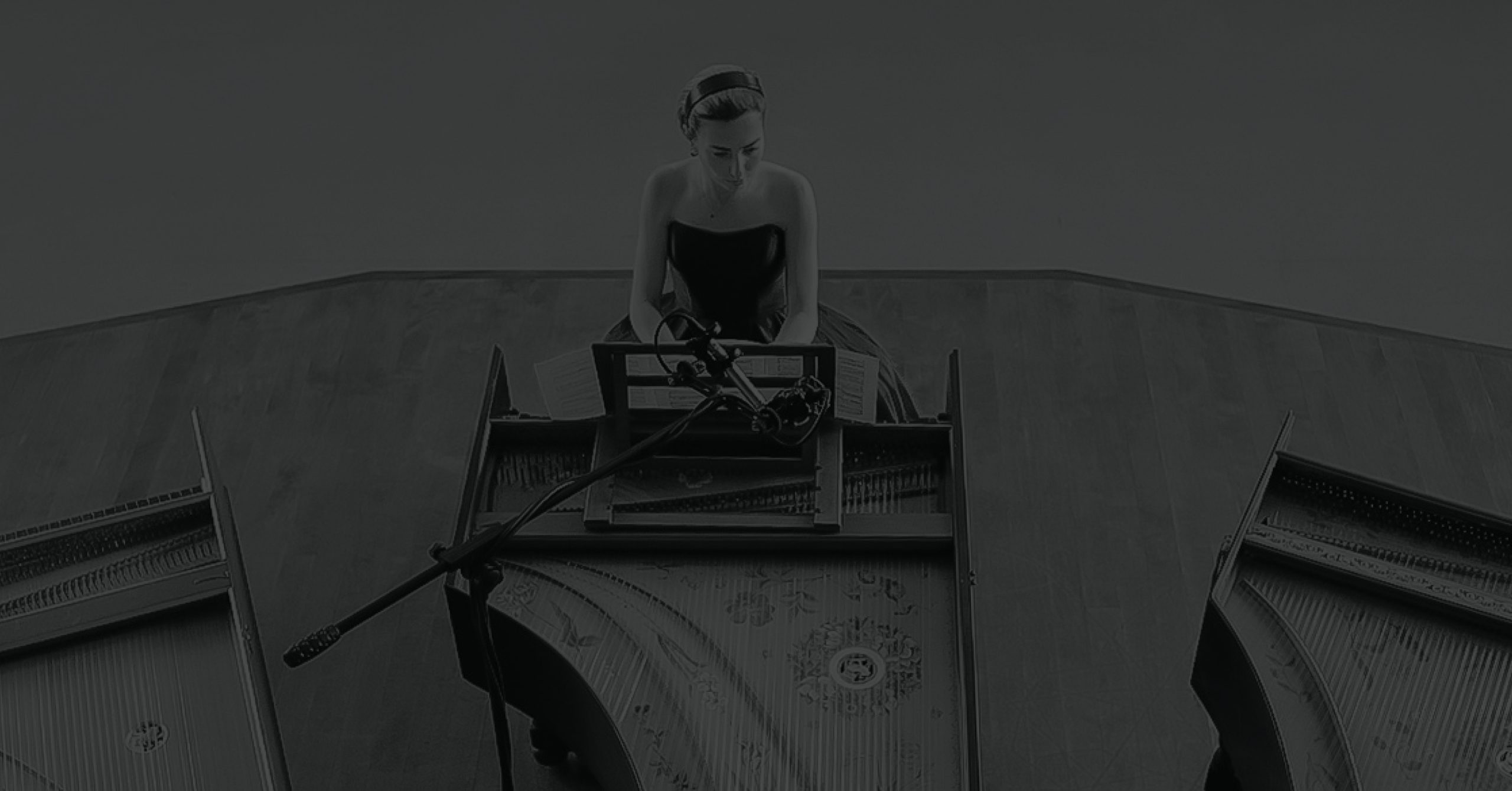Over 5,000 people tuned in to last month’s HomeStream Your Helena Symphony presented by AARP Montana LIVE on YouTube, including audiences from throughout Montana, the United States, South America, and Europe. The Helena Symphony next performed one of its Symphony Kids for children throughout the region, and reached over 1,200 families
The Helena Symphony continues its live broadcasts on YouTube Saturday, October 24 at 7:30 p.m. with music of Shostakovich and more music of Beethoven as part of the Symphony’s Beethoven 250 celebration. The Masterworks Concert is available at no charge to audiences to experience the HSO’s music-making.
“It’s time to celebrate the healing power of music,” explains Music Director Allan R. Scott. “We are not trying to duplicate or replicate the concert hall experience but innovate the experience of our music-making. The Helena Symphony was created for these very difficult times. Our music-making exists to literally save lives and to promote the spiritual and emotional well-being of our people. Despite the very different format, we will strive to continue to make lives better through music.”
The Helena Symphony announced a revised 2020-2021 Season – Season 66 – Part One: Reimagined and Streaming ONline. Branded as “It’s ON!,” the Helena Symphony is proud to bring music to the community and throughout the state. Following months of collaboration with the County health officials and reviewing international studies on the impacts of instrumental performance and singing, we decided that offering a livestream into people’s homes is the ideal way to bring our music-making into the lives of our community in an innovative and safe way.
The concert opens with Beethoven’s Overture to Egmont that captures conflict, hope, despair, and salvation as testament to heroes who are willing to stand up to tyranny and sacrifice themselves for the good of humanity.
From Moscow to Paris, Carnegie Hall to performances throughout the world, acclaimed Russian Pianist Anna Kislitsyna makes her HSO debut with Shostakovich’s witty and heart-wrenching Second Piano Concerto. Described as “the conscience of the Soviet Union,” Dmitri Shostakovich has become one of the most discussed figures in music since the composer’s death, the collapse of the Soviet Union, and the turn of the 21st century. The Soviet Union adopted Shostakovich as the country’s “musical spokesperson.” His music would provide propaganda for the Soviet government and the communist way of life to an international community; however, the relationship between the Soviet government and Shostakovich was complex. His music suffered two official denunciations and periodic bans of his work. At the same time, he received a number of accolades and state awards, and served in the Supreme Soviet. Shostakovich was reminded by the Stalin regime that his duty was to compose for the Soviet people and his works should provide inspiration for the communist way of life. Despite the official controversy, Shostakovich remained the most popular Soviet composer of his generation.
Shostakovich’s Piano Concerto No. 2 was for a more personal and practical reason – to get his son, Maxim, to practice the piano. In many ways the Second Piano Concerto represents Maxim’s coming of age and it was his performance of the work that helped him gain entrance into the Moscow Conservatory.
While work opens with a sense of Mozart-like playfulness, it is the second movement that is the emotional core of the work.
In one of the loveliest movements Shostakovich ever wrote, the middle movement is easily mistaken as a Rachmaninoff melody and void of the underlying melancholy that is usually associated with Shostakovich’s reflective movements. There are no moments of grandeur; only strings, piano, and a single horn are heard exchanging tender, lyrical lines. The piano immediately segues into a fiery, final movement with several sections of rippling scales and arpeggios taken from well-known finger exercises for pianists – Shostakovich said it was the only way he could get his son to practice them!
Born into a family of musicians and trained in the Russian tradition, Pianist Anna Kislitsyna made her solo debut at age 10 with the Omsk Symphony Orchestra in Russia. She remains in high demand as a soloist, collaborative pianist, and teacher. Recent season highlights include returning to the Omsk Philharmonic, performances at Carnegie Hall, a tour of China, and new recording release. Additionally, Ms. Kislitsyna has performed at The Kimmel Center, The Academy of Music in Philadelphia, Rachmaninoff Hall of Moscow Conservatory, and Alfred Cortot Hall of Paris Conservatory. She has won prizes in multiple international competitions including Global Music Awards 2020, the Lautard-Chetchenko Competition in France, International Chamber Music Competition in Finland, the Los Angeles International Liszt Competition, and Chopin International Piano Competition.
It is worth noting that at age 30, Beethoven premiered his First Symphony; however, at the same age Mozart had already composed 38 of his 41 symphonies and Franz Schubert (who died at the of 31) already composed nearly 600 works, including nine symphonies. If Beethoven died or did not lose his hearing and remained a professional pianist, the First Symphony would have different connotations today, as it would most likely not be the start of a string of nine prolific works of music. Between Haydn’s 104 symphonies and Mozart’s 41, the form and originality of the symphony seemed to be quite exhausted and perhaps impossible to surpass. Beethoven’s First Symphony is indeed a continuation of the Haydn and Mozart with its sense of clarity, order, symmetry, and a politeness. Despite the undeniable influence or even imitation of Beethoven’s predecessors, his First Symphony has a convincing originality and youthful vitality and seems to bid farewell to the musical politeness of the 18th century and launches into the 19th century, preparing for a century of Romanticism.
HomeStream Your Helena Symphony presented by AARP Montana
The Helena Symphony is especially grateful to AARP Montana, who secured the naming rights to the new HomeStream Your Helena Symphony. “AARP Montana is so excited to help bring the artistic excellence of the Helena Symphony’s music-making to people in the safety of their homes,” says Tim Summers, State Director of AARP Montana.
How?
These live streams can be viewed on a smart phone, tablet, laptop and desktop computers, smart televisions, and televisions connected to the internet – or anywhere you have access to YouTube. Most televisions offer YouTube as an app or can be attached to another computing device to watch on the big screen. While nothing can replace the experience of attending a live performance, we feel that the live stream offers an exciting and new way to enjoy a concert. Each stream will be shot by 6-7 cameras and the camera crew will be able to operate within the Orchestra, offering close-up shots of musicians and soloists, front-side views of Maestro Scott, and visuals that are not possible by sitting in the auditorium. We will also have a pre-concert host, and short backstage interviews prior to walking onstage or at intermission. We are excited to present the Helena Symphony in a more personal, up-close manner.
There is no charge for the HomeStream Your Helena Symphony presented by AARP Montana, which will be available on YouTube, the Helena Symphony’s website, and the Symphony’s Facebook page. There will be an option available online to make a donation to the Helena Symphony.
Subscribers will continue to receive Concert Watch Packs for each concert, as well as access to the Pre-Concert Conversations online with Maestro Scott and guest artists 30 minutes prior to every Masterworks Concert; and The Art of Listening newsletter with information about the concert, including Maestro Scott’s program notes.

